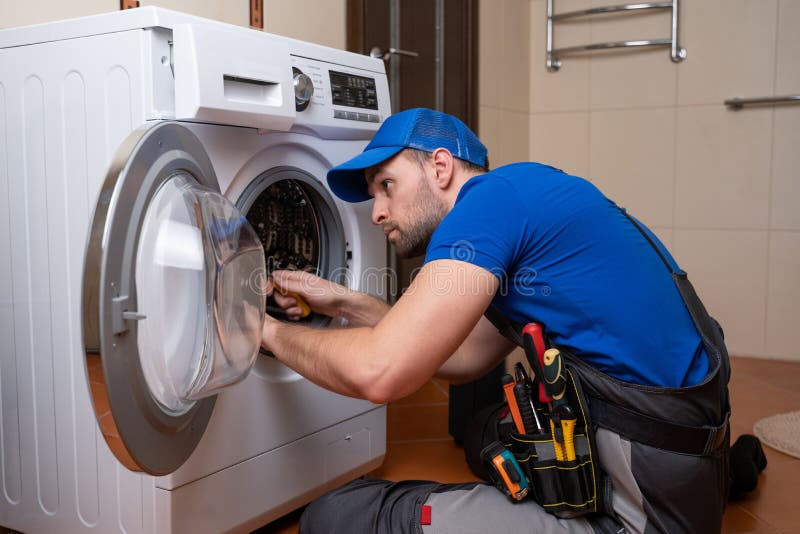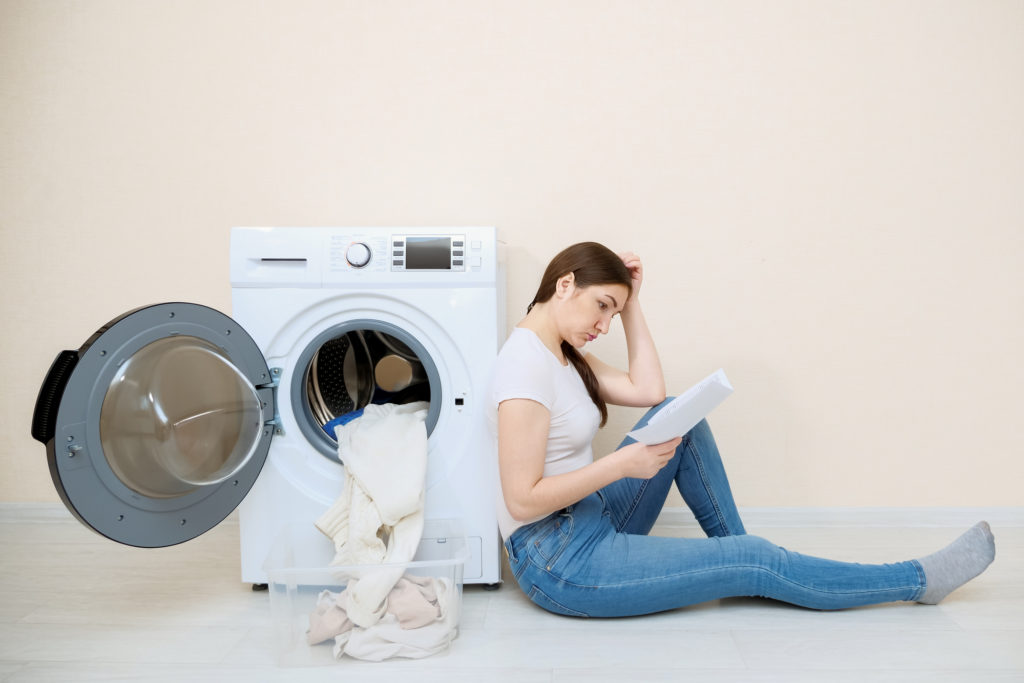Preventing More Damage In Sudden Flooding By A Washer
Preventing More Damage In Sudden Flooding By A Washer
Blog Article
What are your thoughts concerning The Best Tips for Cleaning Up After A Washing Machine ?

Just how you hand those valuable mins after your washing equipment leaks and floodings can influence exactly how quick your building obtains recovered. Recognizing what you should do and who to call can conserve you from substantial damage. It will additionally aid aid you in filing for homeowners insurance coverage. Have a look at these top ideas below:.
Cleaning Machine Overflows And Also Floods.
Shut off the Power.
Turn of the breaker where the cleaning equipment is. It is vital to see to it the washer is off. Water is a conductor, as well as doing this step assures nobody struggles with electrocution. Besides, you need to not utilize your washer till a specialist repairman has evaluated it.
Switch Off Water Supply.
You need to switch off the water of the maker. Whether it overflows for unidentified reasons, breaks down in the reduced pipelines, or ruptures the major hose, you will be managing remarkable amounts of water. If the neighborhood supply line to the washing machine does not shut it off, you must switch off the main water valve outside your home.
Call the Pros.
If you suspect the issue is with your water line, you need to call a qualified plumber. Nevertheless, if you are uncertain, call a washing machine service technician for a fast assessment. He or she can inform you finest what the concern is. Maybe a trouble with the equipment itself or the pipes attaching to the equipment.
File the Damage.
Before cleaning up this emergency flooding scenario, you need to document whatever. Bear in mind, photos, and video clips. It would be best if you had every one of this as proof to sustain your insurance claims. Then you can call your homeowner's insurance policy service provider to examine what other requirements they need to process your request.
Secure the Standing Water.
As you wait on the plumber or repair work professional to find, you need to handle the flooding. If your washer is in the cellar with substantial flooding, you require a completely submersible pump to get the water. You can rent or borrow this. However, if it happens in the middle of the night, the old pail approach will also work. Use numerous pails to by hand dispose out the water. It would be best if you did this today, as the longer the water stays, the more comprehensive the damage.
Dry the Location as Long As Feasible.
After securing the standing water, get sponges or old towels to draw out as much water from the floor or rug. Maintain the home windows available to distribute the air. You may likewise utilize electrical followers to speed up the drying out procedure. Keep in mind, water will certainly create mold and mold development which is hazardous to your health and wellness. If you feel that the circumstance is excessive to handle, you can also look for water elimination services from a remediation firm. Your insurance policy case can additionally aid spend for this solution, so simply ask.
Keep in mind, a damaged washer with dripping pipelines will result in devastating damage due to the massive amounts of water it can unload. Hence, it would help to have your device and water lines checked each year. You can look for assistance from a credible plumber to replace your supply line tubes. Doing inspections prevents difficult breakdowns and pricey failures.
MY WASHING MACHINE FLOODED THE HOUSE! WHAT SHOULD I DO?
STOP THE WATER
First things first, turn off the water. You ll want to stop the flooding at its source, which is the washing machine s water supply. Once you ensure the water is turned off, unplug your washing machine.
If there is standing water around the electrical plug, you may want to take an extra precautionary step and turn off the power before unplugging your washer to prevent electrical shock.
CLEAN UP WHAT YOU CAN
Next, you ll want to clean up as much water as you can. Depending on how much your washer flooded this may take a lot of towels, but it is very important in ensuring you don t have lasting washing machine water damage. For a large amount of water, using a wet vacuum and large fans for drying will be most effective.
EMPTY THE MACHINE
Once you ve cleaned up the majority of the water from the overflow, you ll want to remove any items from your washer, along with any leftover water that is still in your machine. This will give a you or a repairman the ability to analyze your machine and determine the cause of the washing machine overflow.
CALL IN THE EXPERTS
Depending on how washing machine-savvy you are, you may be able to determine the cause of the overflow yourself maybe you notice a faulty hose, like we discussed earlier. But if you aren t able to determine why your washing machine flooded, you ll want to get someone in there who can.
FIX ANY WATER DAMAGE
Effects of water damage after a washing machine flood may include damage to surrounding areas, such as your floors, walls, or other close-by machines. And while visual damages might be the most noticeable, you ll want to pay attention to smell as well. A wet-dog type of smell is normal at first and can usually be remedied by opening nearby windows to air-out the area.
However, if the smell lingers for more than three days, that s an indication there is still water somewhere. Even after thoroughly drying the impacted area, water may be hiding in your floors or in the sheetrock in your walls, which can indicate mold. Call in a mold remediation professional to inspect your property for hidden moisture.
WHAT CAUSES WASHING MACHINES TO FLOOD?
Too much laundry soap. When it comes to how much soap you use, be sure to not exceed the recommended amount. Using too much soap can cause build up and clog your washing machine leading to overflow. Too many clothes. If you overload your washer with too many clothes, you may notice your washing machine becoming unbalanced and making awful noises, like a spaceship getting ready to take off. This is an indication that your washer is out of alignment which can lead to a flood. Too weak or old of a hose or other faulty washing machine parts. Washing machines rely on hoses to transport water to and from the washing machine. If one of the hoses becomes weak, faulty, or develops a crack, say hello to a flood. You ll want to ensure your hoses are in good shape and properly connected so no water can leak out. It s also important to check the washing machine draining mechanisms, as well as the door latches and seals. Making sure everything is in tip-top shape and proper working order will help keep your washer from flooding. https://www.servicemasterbyzaba.com/blog/washing-machine-flooded/

We had been made aware of that report on The Best Tips for Cleaning Up After A Washing Machine from a good friend on our other website. In case you appreciated our post if you please do not forget to share it. Thank-you for your time invested reading it.
View
Report this page